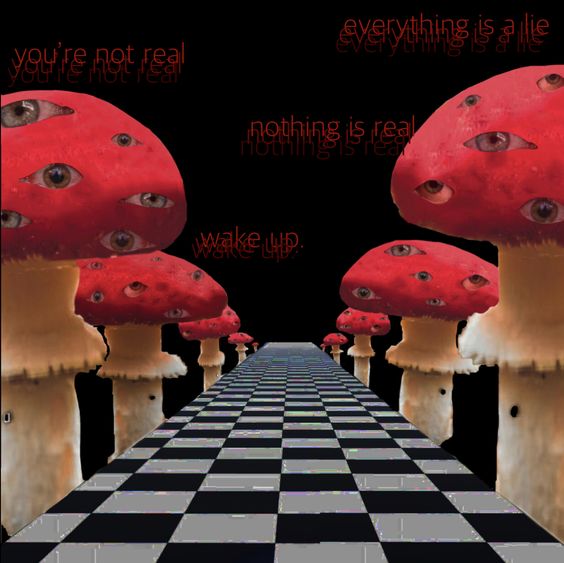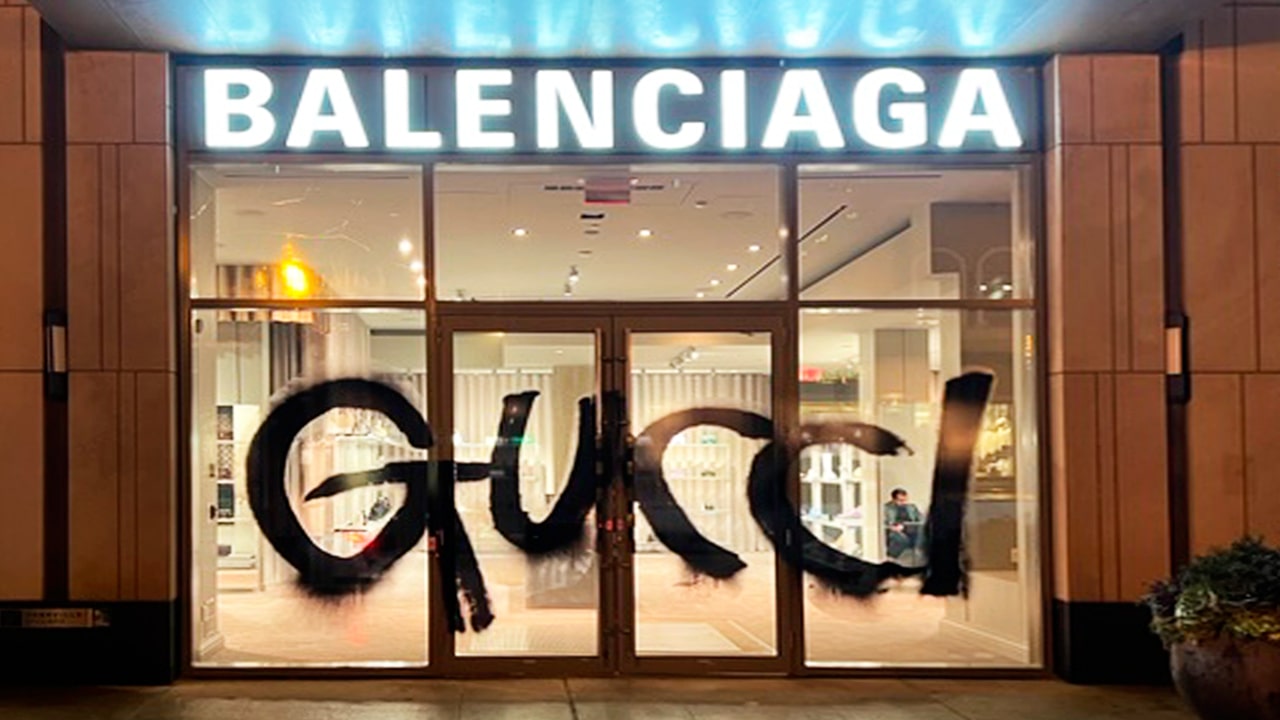


On social, extreme behaviour is seen as more authentic, gaining traction and cutting through
On social, what signifies realness is always in flux. As rising cynicism makes it increasingly difficult to come off as genuine, authenticity has become a game of chicken – pushing people to behave more and more unusually in order to be seen as true believers, rather than mere poseurs. This explains why self-expression is moving to extremes: in the post-genuineness internet, extreme now equates to believable.
Since Instagram Stories put unfiltered daily life on display, being ‘genuine’ has meant peeling back the veneer on social. First, we expected this to reveal normalcy: people who are just like us. Then, we expected it to reveal vulnerability: people who are struggling too. Now, we expect it to reveal chaos: people who act like Julia Fox, lolling in a mud bath, smearing mud on her eyelids, paparazzi be damned.
This points to a shift in what feels believable. On social, what signifies realness is always in flux, but in 2022, the realness that resonates is decidedly less low-key.
Our cultural understanding of what’s ‘authentic’ has spanned the whole spectrum: from peak performativity to performative vulnerability, from full-throttle FaceTune to #nomakeup selfies. Having been through it all, there’s a sense that none of it feels real anymore.
Now, to combat the sense that any form of self-presentation is disingenuous, authenticity has become a game of chicken: people are pushing further into the margins to separate those who are performing from those who truly believe.
This explains why self-expression is moving to extremes: in the post-genuineness internet, extreme now equates to believability. Incredibly niche interests are persuasive, whether that’s self-identifying as a water sommelier or spending hours hand-stitching artisan footballs. Deeply weird or chaotic energy is relatable, from the aforementioned cult of Julia Fox, to mass identification with Goblin Mode, to the nearly four million views on ‘gross girl’ TikToks.
In this era of extremes, any type of online persona – a fully stripped back BeReal post, or a fully fabricated digital avatar – can be authentic. But the middle ground – a filtered selfie – is an inauthentic relic from a bygone era.
For any brand or individual that wants to embody realness, the margins have become the only safe place to be.

Across everything – politics to the economy, mental health to the environment – there’s a general sense that the world is experiencing a prolonged period of turbulence. From this vantage point, chaotic behaviour seems reasonable, while more casual dispositions feel out of touch.

In a video-first social landscape where creators have only a tiny window in which to halt a person’s scroll, there’s more incentive to make content that’s extreme from the get-go. This is propelling the one-upmanship of weirdness to hold people’s attention.
The more specific your interest, the more genuine it seems. This explains the ever-expanding list of digital micro communities (weirdcore, goblincore, bubblegum witch) and the increasing cultural clout of precise, weird interests, like chef Thomas Straker’s ASMR-style videos of churning butter.
E.g. Thomas Straker’s butter-churning videos and the TikTok sphere of ButterTok
The more intense your energy, the more genuine it seems – hence the mainstreaming of ‘chaos’, exaggerated tones like ‘suburban sensationalism’, the genuine adoration of Julia Fox. This explains why entirely fabricated digital avatars are considered authentic expressions of identity – they may be ‘fake’, but they’re performed with intensity and dedication.

The middle ground is scorched earth – it’s why there was no worse insult on TikTok than calling someone ‘mid’ (meaning: middling). In the face of the internet’s avid trainspotters, K-Pop fan communities, potato fanatics, and staunch disciples of weirdcore, people are dramatising the mundane.
E.g. ‘Cashstuffing’ (where TikTokers smash glass bottles containing their savings) shows how even banal acts like budgeting and saving are being dramatised and performed in extreme ways.
There are countless ways to embody intensity of energy, ranging from offensive, to absurd, to niche, to chaotic, to contrasting. Brands can stick with their core values, but look for where these types of playful experimentation fit into their brand narrative.
@poppycooks I also like corn 🌽 👀 #potatotiktok #potato #corn #itscorn ♬ It's Corn - Tariq & The Gregory Brothers & Recess Therapy
Brands can platform niches without worrying about being pigeonholed. Valentino’s recent model was TikTok’s ‘potato girl’, whose authenticity stems from all genres of extreme behaviour: not only is potato fandom niche, but it’s practised with a commitment to weirdness and intensity reminiscent of ‘suburban sensationalism’.

Brands can revisit their established values in a more dramatic light. In their collaboration called The Hacker Project, the two luxury houses went to the extreme of faux-vandalising each others’ shop fronts. For Gucci, this loud statement didn’t come out of nowhere: it’s an extension of the brand’s longstanding fascination with authenticity, appropriation and counterfeit culture, and a more extreme manifestation of something it had been playing with since 2018.